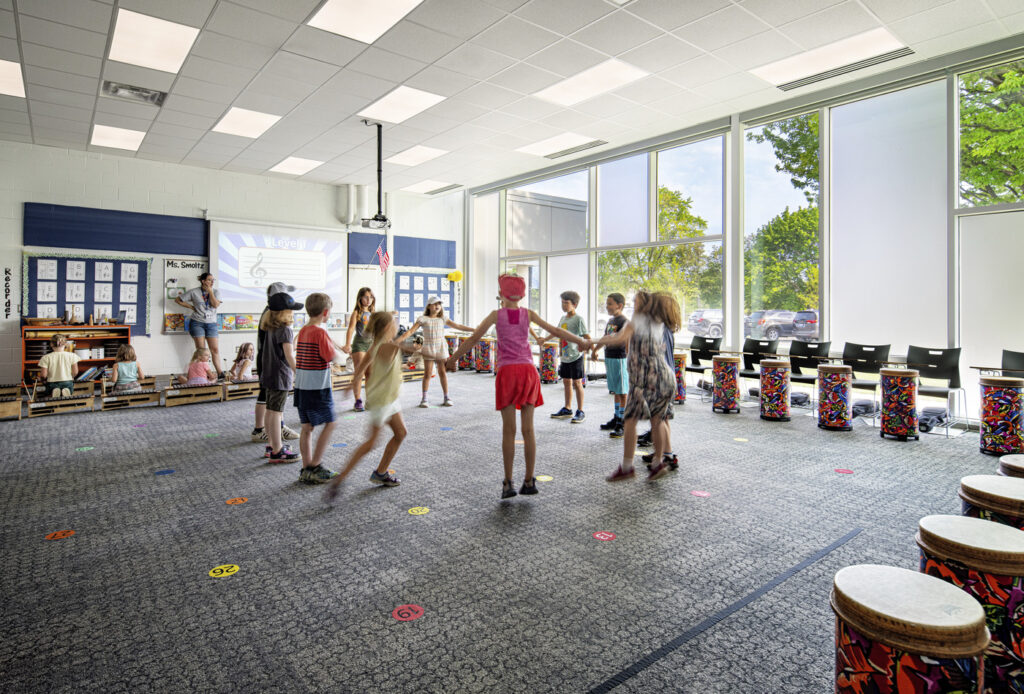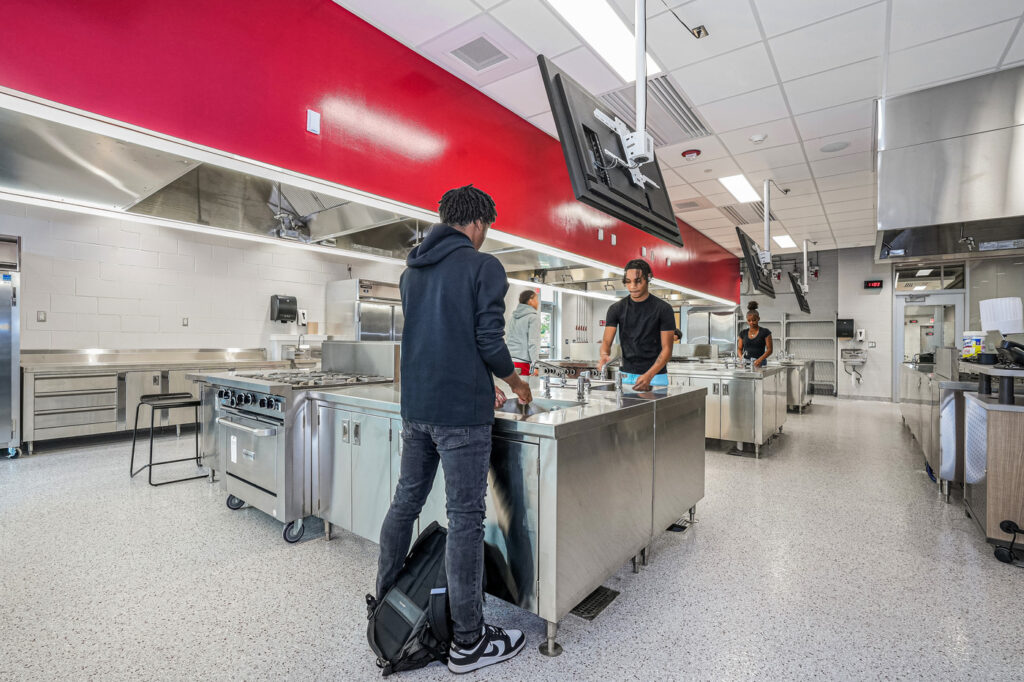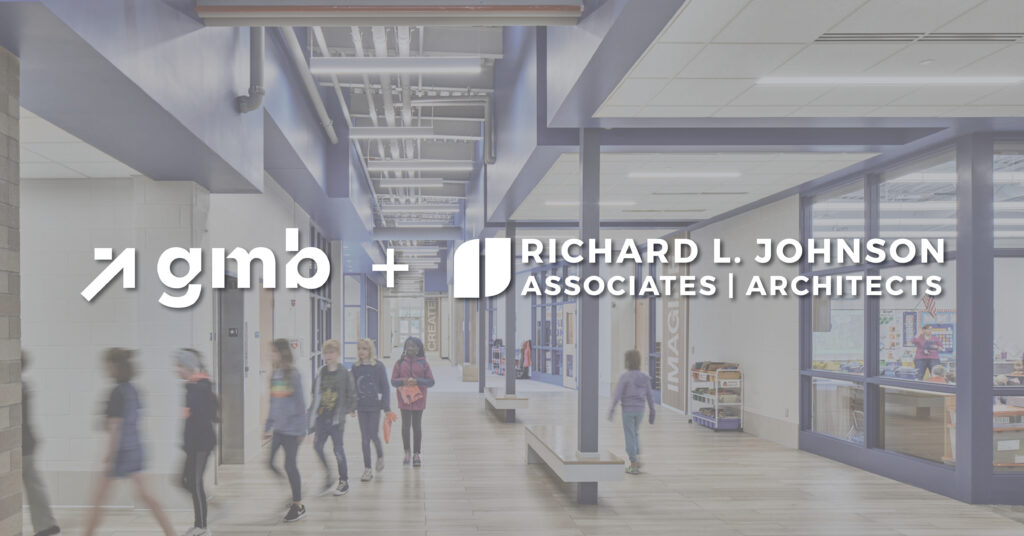For a school district to thrive, it needs a strategic plan that considers each element of the educational ecosystem. A strategic plan is more than a document; it’s a comprehensive plan that serves as the foundation for all district initiatives, including facilities, technology, curriculum, branding, and educational programming. When all these pieces align under a well-defined plan, school districts can better serve their students, staff, and communities while ensuring long-term sustainability and success.
Why a Strategic Plan is Essential
At the heart of a strategic plan is a clearly defined vision and purpose. Your vision paints a picture of the future your district aspires to be, while your purpose defines its core reason for existing. In a landscape where families have choices, differentiation becomes essential. It’s about communicating what makes your district unique — whether that’s innovative programs, an inclusive culture, academic excellence, or countless other strengths. What matters is honing in on the qualities that set your district apart.
As part of the strategic planning process, many districts consider what the graduates from their school will pursue after graduation and what skills or competencies the students should possess to achieve their goals. This idea goes beyond academic achievement to include attributes like critical thinking, collaboration, empathy, social responsibility, or adaptability to ensure students are prepared for success in college, career, and life. Keeping this image in mind further helps align curriculum, instruction, and culture with long-term student outcomes.
A well-structured strategic plan proactively positions the district for long-term success. Here’s how:
- Accurate Picture of the District: By assessing current enrollment projections, community perceptions, and demographic information, a district can make informed decisions that align with its future.
- Community Transparency and Communication: A clearly articulated plan enables consistent, clear communication of district goals to parents, educators, and community members — fostering buy-in, advocacy, and shared ownership. Transparency builds trust, creates accountability, and encourages deeper community engagement.
- Attracting and Retaining Staff: School districts that have a clear vision for the future are more attractive to educators and staff. When employees see where the district is headed, they feel more secure and motivated in their roles.
A robust strategic plan also strengthens the district’s ability to advocate for future funding and bond proposals by clearly demonstrating the district’s needs and priorities. Additionally, a well-communicated plan helps engage the community, making it easier to gain support for district initiatives by ensuring that every decision ties back to a unified vision and demonstrates that your team is delivering on promises made. Since educational needs evolve over time, strategic planning is an ongoing effort that requires regular updates to stay aligned with the district’s growth, student needs, and shifting community expectations.
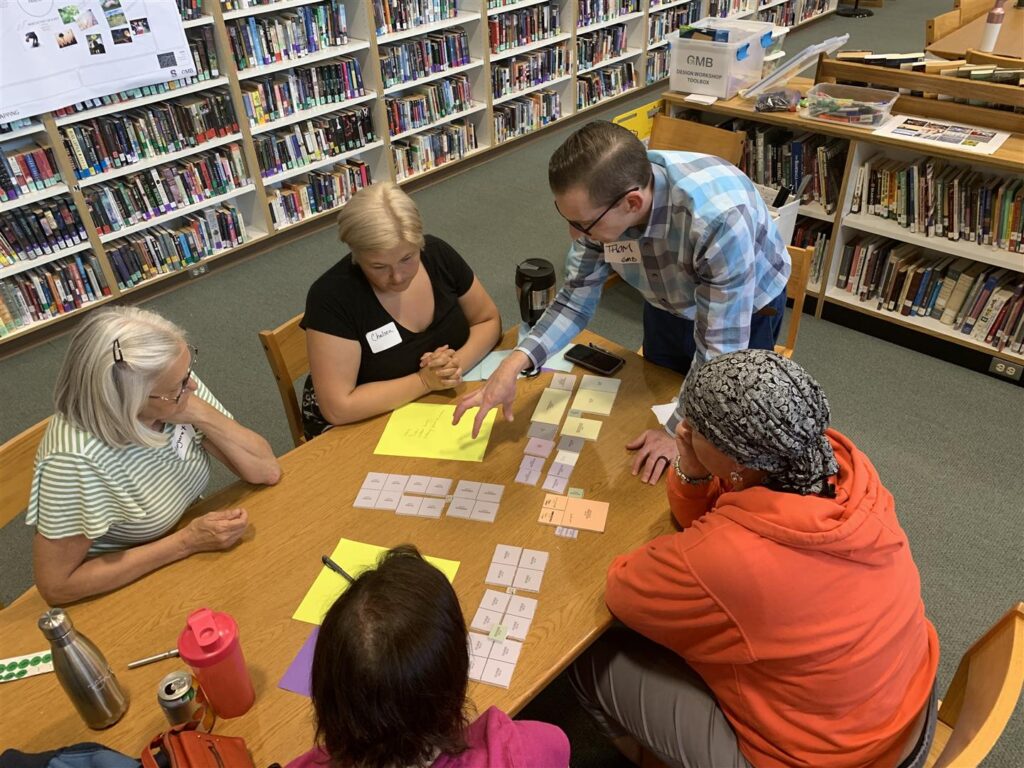
Strategic vs. Master Planning
A master plan is not just about the buildings and district infrastructure; it’s about aligning your physical spaces with your educational mission. A master plan asks: Are your learning spaces supporting the way you teach? Is your campus ready for the future of learning? With educational alignment at its core, master planning ensures that every square foot of space is designed with purpose, flexibility, and pedagogy in mind, delivering the best return on investment.
While most districts engage in a master planning process, that is only one piece of the overall puzzle. A strategic plan goes beyond buildings to address a full range of needs that might include:
- Right-Sizing the District: Ensuring facilities align with current and projected enrollment needs.
- Modern Learning Spaces: Designing spaces that support evolving educational models, including flexible classrooms, collaborative environments, and technology integration.
- District Growth: Planning for expansion while maintaining educational quality and community identity.
- Align Programming: Making sure the existing spaces best serve the district’s programming and student needs.
- Innovative Curriculum and Programming: Ensuring the district stays ahead of educational trends, meeting student needs through cutting-edge programs and career pathways.
- Climate and Culture: Strengthening district branding, communications, and transparency that creates a positive and supportive environment.
Together, strategic and master planning form a powerful partnership — one that defines why and how your district moves forward and ensures you have the space to make it happen.
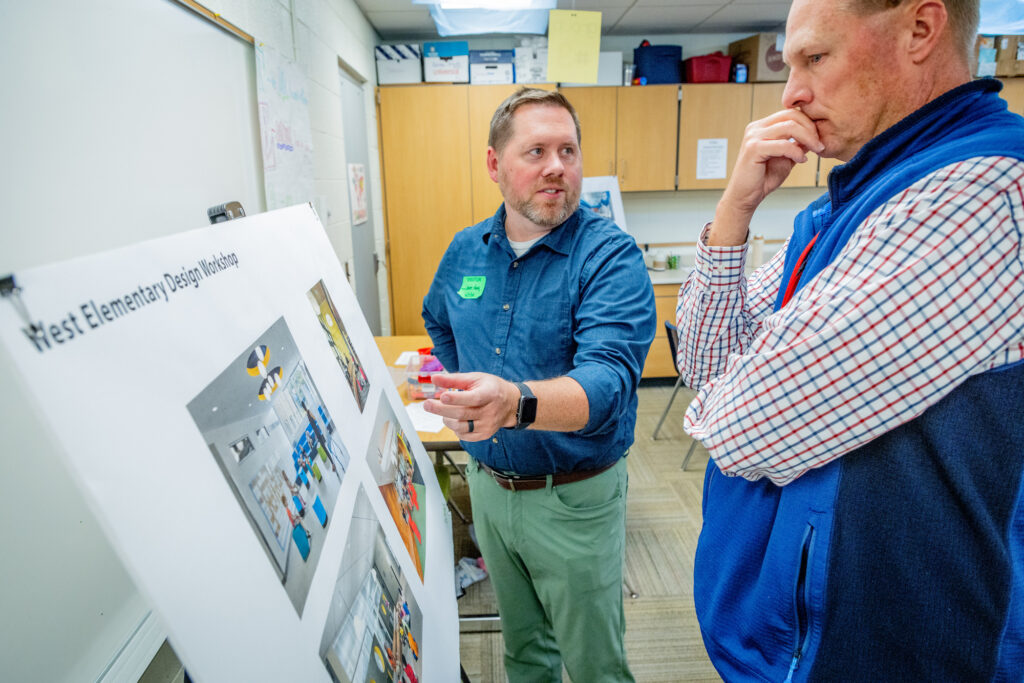
Real World Strategic Plans in Action
Districts that engage in a strategic planning process that is well communicated and delivers on the promises made can foster trust and confidence in the district. Kentwood Public Schools (KPS) is a district that has embraced strategic planning and created a unique dashboard interface that demonstrates the progress made toward their goals. KPS employs collaboration and feedback from stakeholders to inform their plan and move the initiatives forward in the pursuit of supporting the needs and success of their students.
Looking for more inspiring examples? Check out the work being done in these districts:
A strategic plan serves as a roadmap for districts to navigate big-picture planning, funding strategies, and long-term initiatives. By taking a proactive and intentional approach to planning, school districts can ensure that their efforts are sustainable, well-communicated, and fully aligned with their mission to provide high-quality education for all students. Investing in strategic planning today means building a stronger, more prepared district for tomorrow.


